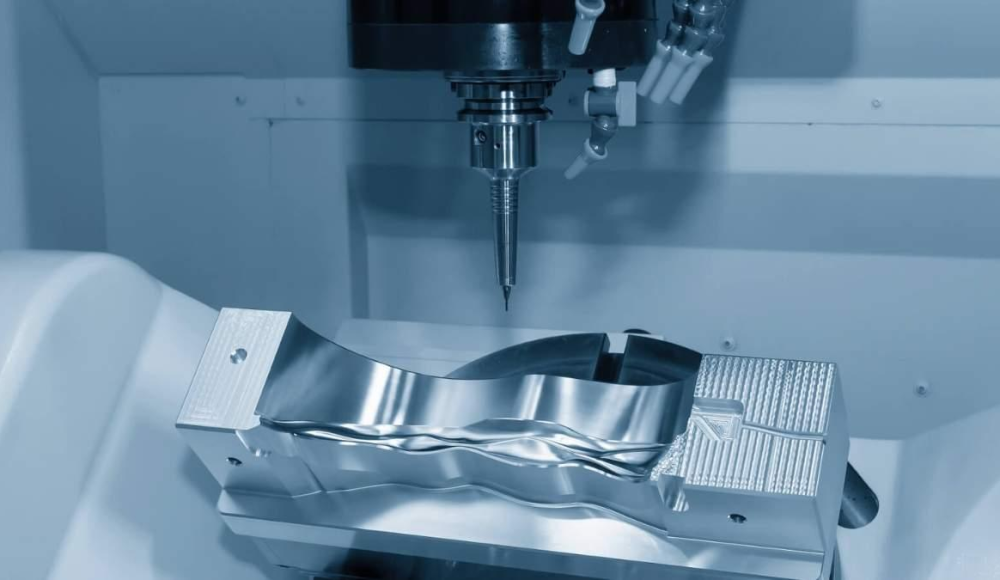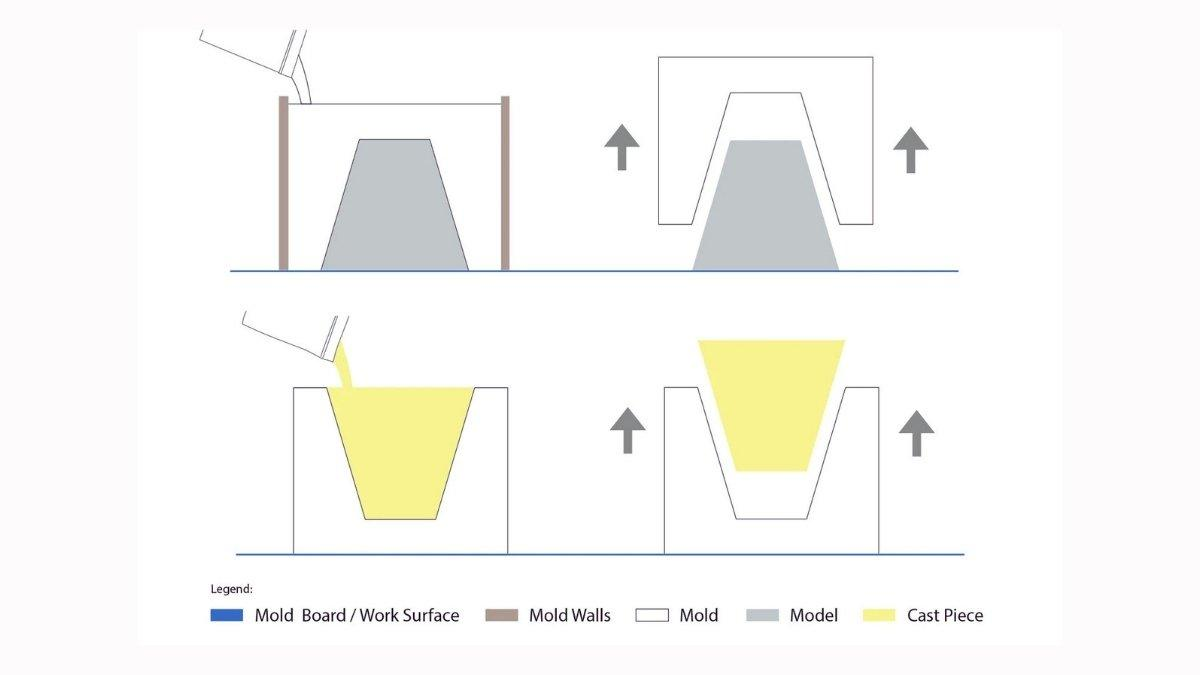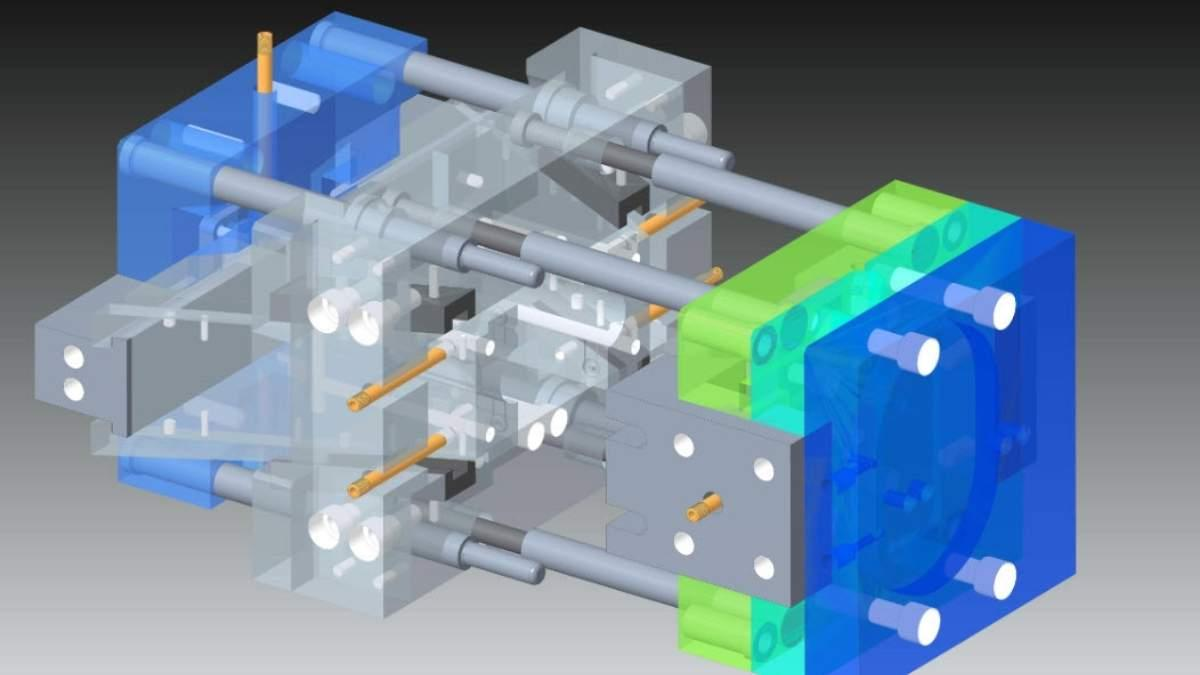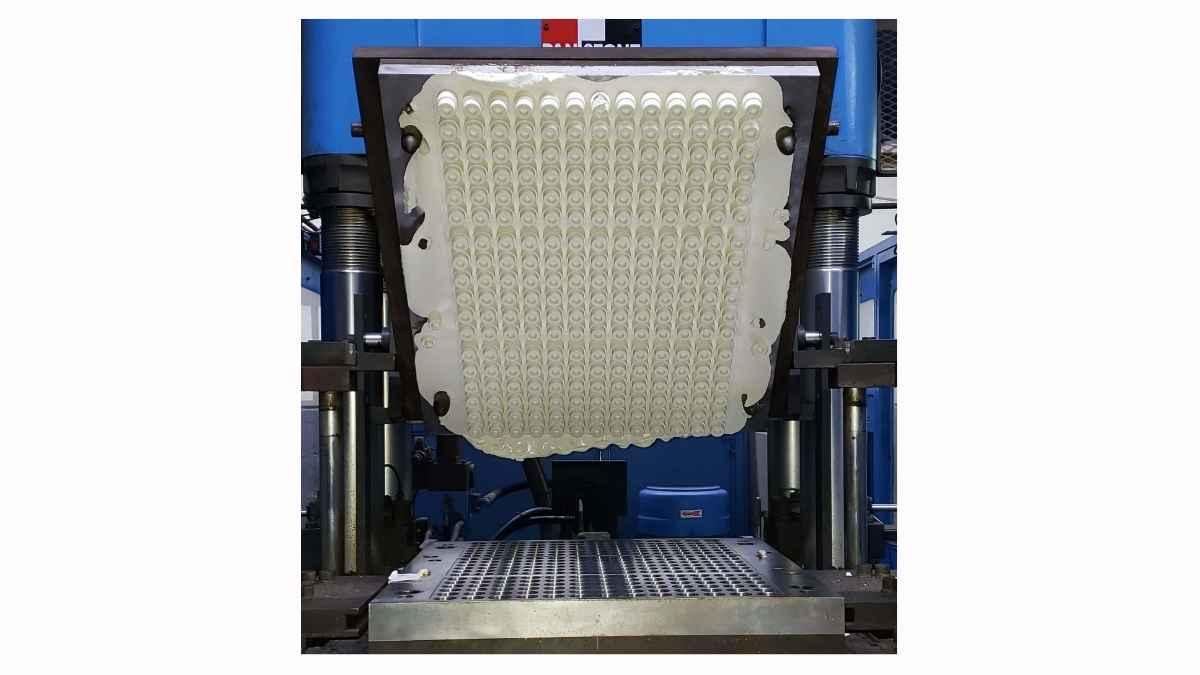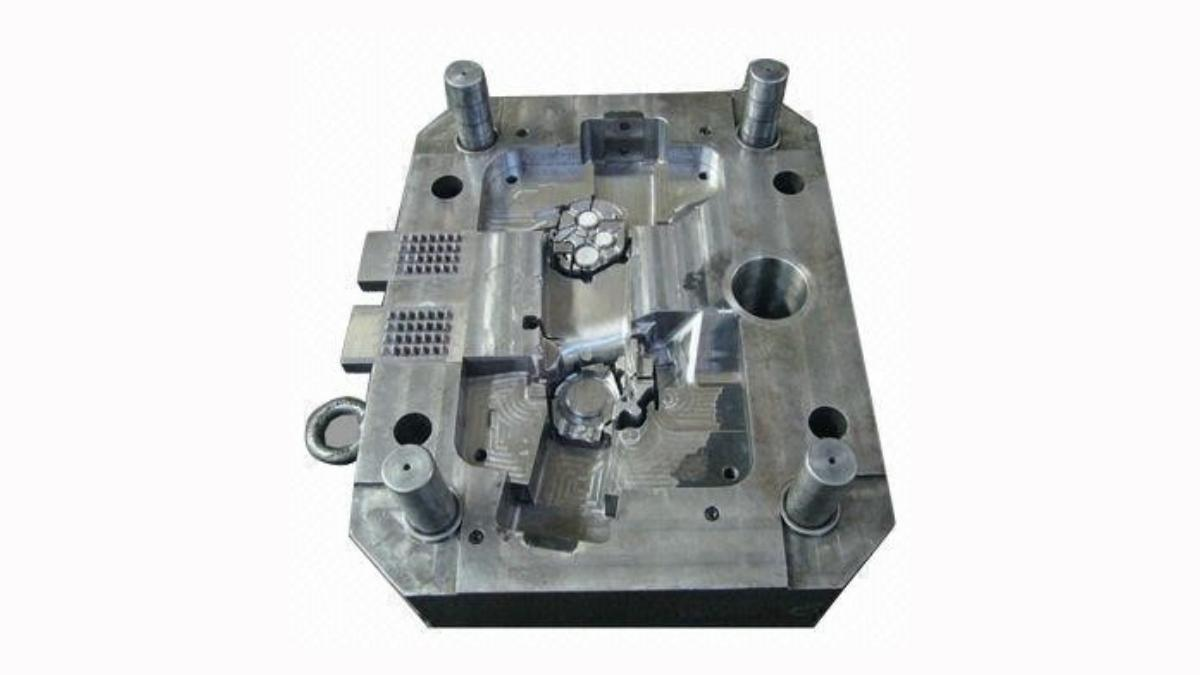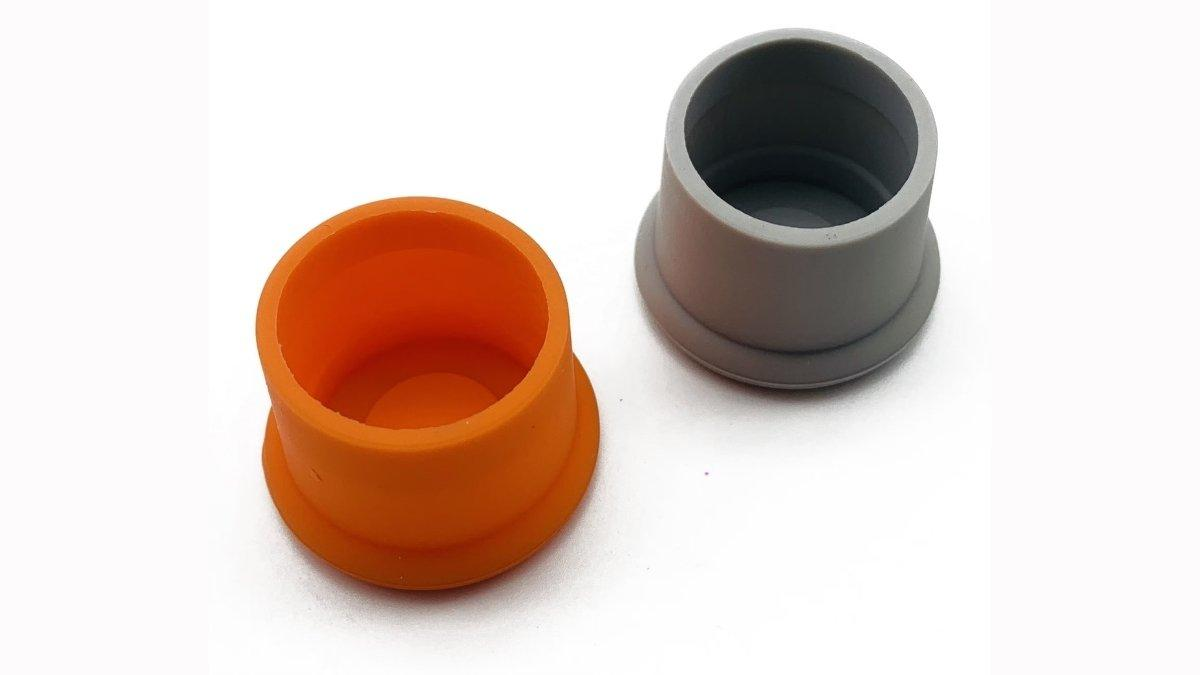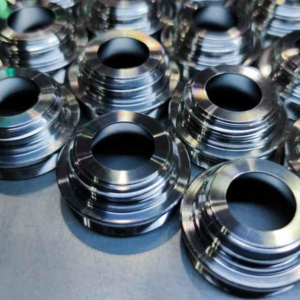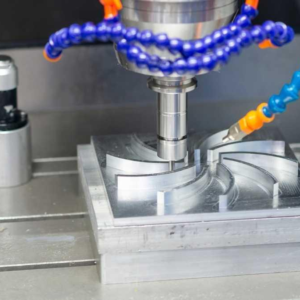金型製作 多くの業界で高品質の製品を生産する重要な方法である興味深い正確なプロセスです. プラスチックのおもちゃや金属の自動車部品を作っている場合, カビ製造プロセスは、大量生産中に一貫性と精度を確立します. それで, 完全な金型製造プロセスに入り、段階的に分析しましょう.
カビの作りとは何ですか?
金型作り, 最も基本的なレベルで, 型(中空の空洞または形)を作成するプロセスは、その材料が注がれます, 注入, またはその他の方法で配置されます. 材料が冷えたり硬くなったりするにつれて, 型の形をとり、元の部分のレプリカを作成します. それは本質的に大量生産の青写真です. ツールから医療機器まで, 金型は業界全体で使用されます, 自動車からプラスチック容器、エンジンコンポーネントまで.
金型の種類
各タイプの金型は、特定の物質と製造手順を提供します. 最も一般的なタイプを見ていきます:
射出型
射出型 - 溶融物質 (通常、プラスチック) カビの空洞に注入されます. 材料が固まり、型の形をとる. この型は、大規模な生産に使用する型です.
圧縮型
これらの金型は、ゴム製や熱セットプラスチックにも最適です. この過程で, 材料は加熱されたカビの空洞に導入されます, その後、部品を形作るために圧力がかかります.
ダイキャスティング型
ダイキャストに使用される金型は、主に金属成分用です. 高圧注入溶融金属をカビの空洞に, 正確な部分に固化した場所. それらのアプリケーションは、エンジンブロックやさまざまなコンポーネントなどの製造部品のアプリケーションです.
ブロー型
ブロー型は中空のプラスチック製品を形成します, ボトルなど. 空気が加熱されたプラスチックチューブに吹き込まれます, カビの空洞の形状を形成します.
金型作りに伴うステップ
いくつかの基本があるので、型の作り方の最も重要なステップを段階的に進めましょう.
設計とプロトタイピング
デザインはすべての基盤です. エンジニアは成形部品を設計します, CADソフトウェアを使用して3Dモデルを作成します. また、それ自体の型を定義します, 素材に対応し、必要な精度を提供できるようにする. プロトタイプが開発されています, また、デザインが複雑な場合に適合と機能を確認するために3Dモデルが作成される場合があります.
材料の選択
カビに最適な素材を選択することが重要な要素です. 鋼鉄 通常、その強度と耐久性があるため、大量生産のために選択されます, アルミニウムは、より少ない容量の生産ランに使用されます, 例えば. シリコン型は、プロトタイプやより柔軟な素材に適しています.
金型の製作
これが魔法が起こる場所です. 材料が選択された後, 型が作成されます. 3Dデザインに基づいています, CNCマシン, 放電加工, 例えば (放電加工), 等. 型の品質が向上するので、金型が正確であることを確認することが重要です, 製造できるより良い品質の部品.
金型アセンブリ
すべてのコンポーネントが製造されます, 型はアセンブリの準備ができています. これには、エジェクターピンの追加が含まれます, 冷却チャネル, また、部品の除去と冷却を促進するその他の機能. この時点で, 最大の効率のために、金型が微調整されています.
金型のテスト
カビは、完全に生産する前にテストする必要があります. 金型が必要に応じて動作し、その部品が必要な仕様に適合していることを確認するために、いくつかのサンプルパーツが作成されています. 変更が必要な場合, ここに適用されます.
フルスケール制作
テストしたら, 型は大量生産の準備ができています. 型は現在、大量の部品を作るために使用されています. 生産のすべての段階で, 必要に応じて, 品質を安定させるために、さらに調整が完了します!
カビ製造における重要な要因
型を作るプロセスは簡単に思えるかもしれません, しかし、最大の結果を得るために考慮すべきいくつかのニュアンスがあります.
公差と精度
部品が互いに収まるか、特定の状況下で動作する必要がある場合、デッドオン許容範囲は不可欠です. カビの中の小さなニックでさえ、完成した部分に欠陥や不適切な性能を引き起こす可能性があります.
材料の選択
型は、生産プロセスを開始する準備をする際に考慮すべき重要な要素です. 金型材料は、数千サイクルにわたってその形状を維持しながら、広い圧力と温度範囲に耐える必要があります.
冷却システムの設計
エアコンは、注入された部品が望まれていることを確認するための不可欠な部分です. これらの冷却チャネルは金型を通り抜けて材料を均等に収縮させ、サイクル時間を大幅に短縮し、欠陥を減らすことができます.
金型メンテナンス
金型はそれ自体への投資です, そして適切な注意を払って, その寿命を延ばすことができます. この材料は、広範囲に使用した後、柔らかくなったり摩耗したりすることができます; したがって, 金型は修理または修正にかかる場合があります. 長い生産走行中に金型をチップトップの形に保つには、定期的なクリーニングとチェックが必要です.
カビ製造の一般的なアプリケーション
金型作りは、1つのタイプの業界だけではありません. 無数のフィールドを越えていくつかの異なる製品を生産するために使用されます. 最も一般的に, 次のアプリケーションが表示されます:
自動車産業: バンパー, ダッシュボード, エンジン部品, 等.
消費者: おもちゃ, ホーム製品, と包装.
医療機器: 注射器などの精度成分, インプラント, および診断装置.
エレクトロニクス: コンピューター用のバブル, 電話, その他.
金型作りの課題
金型作りは、部品を作るための正確で信頼できる方法です, しかし、考慮すべきいくつかの困難があります.
さまざまな種類の金型を使用するオプション: チューブ金型の材料選択にエラーがある場合, 成形された部分の欠陥が発生します.
複雑: 複雑なジオメトリまたは機能を備えたコンポーネントは、より複雑なツールにつながる可能性があります, より多くの製造手順が必要です.
料金: 高品質の金型を製造するコスト, スチール型など, 重要になる可能性があります. これは、小規模な生産走行に特に重要です.
摩耗と裂け目: 金型は時間とともに分解する可能性があります, 特に、カビの内外でクラスが一定の出来事である場合. したがって、定期的なメンテナンスは、それらができるだけ長く持続することを確認するために重要です.
結論
金型作り - 高い再現性と精度で部品が製造されるようにします. 金型が適切に機能していることを確認することが重要です, そして、それがすべてのステップです, デザインを含むがこれらに限定されません, 材料, そして製造, このプロセスに含まれています. プロセスに伴う課題にもかかわらず, 大量生産用の金型を作成する利点は、それらを大きく上回ります.
プラスチックの部品や金属成分から中央に落ちるものまで、自信を持ってカビの作り方にアプローチする方法を学ぶ 私たちに連絡してください!

